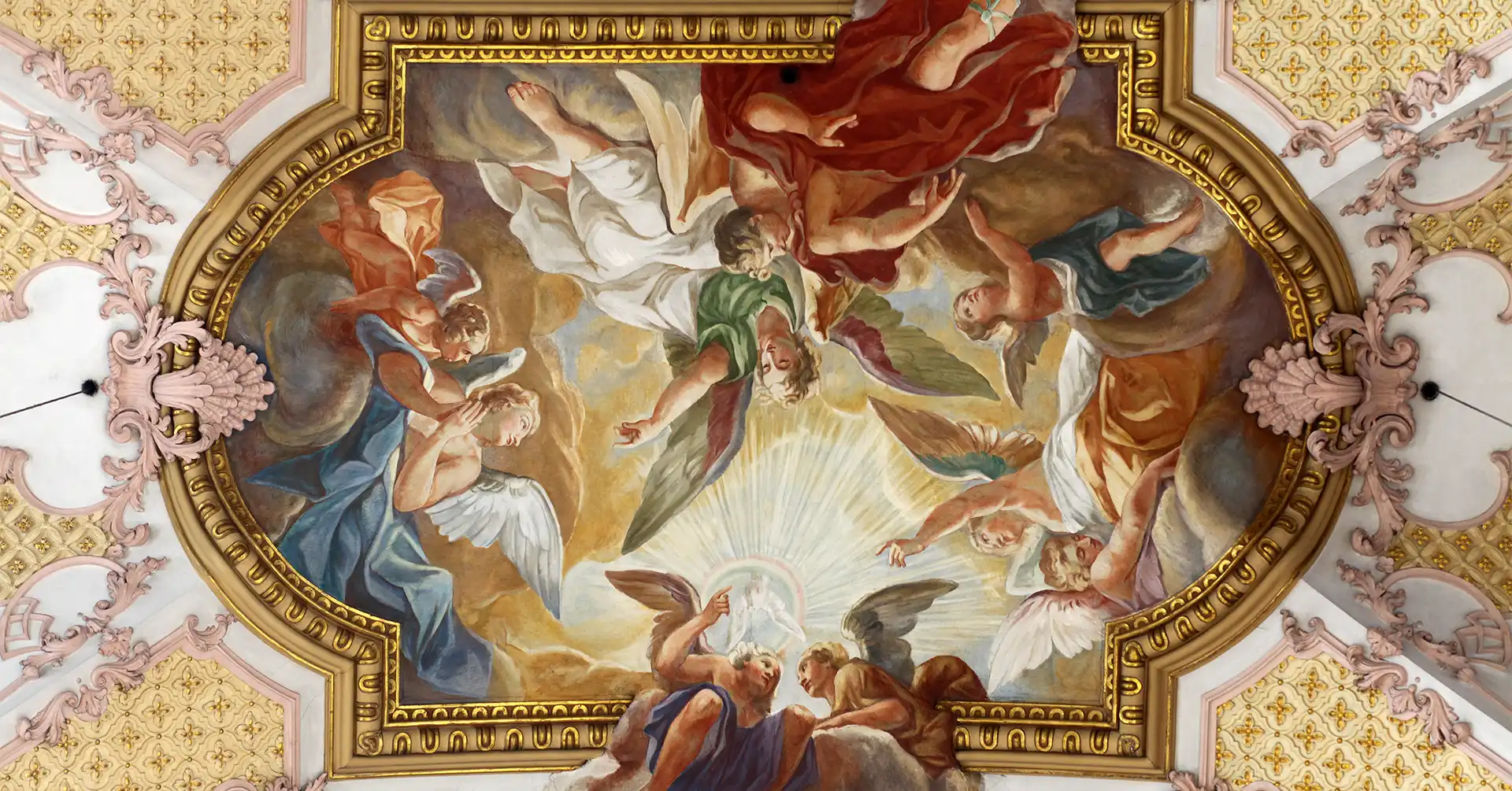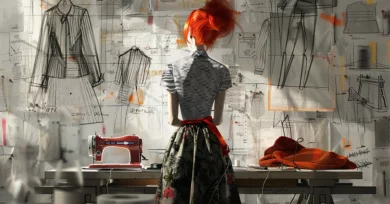It is always an amazing feeling to discover the art and architecture of the olden times. It not only gives a vast knowledge about the civilization of ancient times but also helps in understanding the culture vividly. Byzantine art is one such culturally rich form of art of ancient times that has evolved into an art maestro. In this article, we will discuss everything about Byzantine art. So, keep reading the article to know more.
Byzantine Art:
When we seek to discuss Byzantine art, it will be a bit of a problematic thing to talk about. This is because the Byzantine empire spanned more than a millennium and penetrated through the geographic regions far from its capital Constantinople. So, when we look at Byzantine art, it is a mixture of multiple art styles which encompasses art created from the fourth century to the fifteenth century and also some parts of the Italian Peninsula, which is the eastern edge of the Slavic world, the Middle East, and North Africa. In short, Byzantine art became part of the Roman Empire and had gradually become distinct and popular through cultural changes.
Periods of Byzantine Art:
Folks, if you love delving into the world of art and culture, then it might be fascinating to know that Byzantine art is divided into three periods. They are:
Early Byzantine (c. 330–750)
The emperor Constantine had adopted Christianity and, in around 330 moved his capital from the city of Rome to Constantinople which in modern times is Istanbul. It is situated at the Eastern Frontier of the Roman Empire, and with this, Christianity flourished. It also gradually supplanted the Grecco Roman gods, which had once defined the Roman religion and culture. This is the religious shift that had gradually as well as dramatically affected the art that was created across the empire
Early Christian churches had been built during this period of Byzantine art. This included the famed Hagia Sophia, and it was built around the sixth century under Emperor Justinian. If you look at Byzantine art during this period, you will find that there were decorations for the interior of the churches, including mosaics and icons. You will also find icons of the Virgin (Theotokos) and Child between Saints Theodore and George(Opens in a new window). These served as a tool for the faithful access to the spiritual world that has served as gateways to spirituality
Also, during this time of Byzantine art, Roman art was significantly included. The mosaics that were used for decorations during this time had given the worshippers some access to the spiritual world along with the ethereal figures that were present during this time
Middle Byzantine (c. 843–1204):
This is the period of Byzantine art that had been followed by an art crisis named the Iconoclastic Controversy. Here, the use of religious images was greatly discouraged. The iconoclasts had gone to the extent of destroying images to leave a few surviving images from the early Byzantine period. However, in the history of art, the ones who supported the use of images won the fight. This led to the production of Byzantine art in the next hundred years.
In this period of Byzantine art as well there was significant stress on the decoration of the interiors of the churches as well as building them. Also, there were significant changes in the empire, which were reflected in Byzantine art as well. The first change was the influence of the empire, which had spread into the Slavic world with the Russian adoption of orthodox Christianity in the tenth century. Secondly was the architecture in the middle byzantine period, which had moved towards the centralized cross in the square plan for which Byzantine architecture is famous for. The art produced during this time of Byzantine art is ethereal as well as diverse. Also, political as well as religious interests, along with cultural forces, shaped the art of the different periods in the history of Byzantine art
Late Byzantine (c. 1261–1453):
This was the last period of Byzantine art, and during this period, there was also an art crisis. The crisis was called the Latin Occupation. The Crusaders from Western Europe had come and captured Constantinople in the year 1204. This was done in an attempt to temporarily bring down the Eastern empire back into the fold of Western Christendom. During this time of Byzantine art, there were two distinct camps. Which were Eastern [Orthodox] Christianity in the Byzantine Empire and Western [Latin] Christianity in the European West.)
In spite of the tumultuous time of the empire, Byzantine art continued to flourish along with wealth and stability. However, Constantinople had gone to the Turks, leading to the fall of the Roman Empire. Byzantine art continued to flourish in many parts, such as Greece, the Ottoman Empire, and Italy. The Russian empire had started emergence around the time Constantinople fell apart and carried on the heir of Byzantium, with churches and icons created in a distinct “Russo-Byzantine” style(left).
Now that you all have a good understanding of Byzantine art and the periods of Byzantine art. Let us have a closer look at the Byzantine art and architecture.
Byzantine Art and Architecture:
The most common observation drawn from Byzantine art is that it is mostly religious and, for the most part, has been conventionalized. This was done following the traditional models, which have translated into carefully controlled church theology in artistic forms. The sources of Byzantine art can be found in the Paintings in frescos, mosaics, and illuminated manuscripts. And wood panels were the main two-dimensional media. The manuscript painting preserved some of the classical realist tradition, which was missing in the larger works. If you are looking for figurative sculptures in byzantine art, then let me tell you that these figures are extremely rare, and they are pretty small and are carved in ivories.
If you are looking for the popularity of Byzantine art. Then let me tell you that the art was pretty popular in Western Europe, which continuously influenced medieval art until the near end of the period. This was especially true in Italy, where the Byzantine style has existed in a modified form through the twelfth century.
When you look at the buildings in Byzantine art, you will find that there is an increase in geometric complexity. Bricks and plaster are used in addition to stone for the decoration of important public structures. There is more use of classical orders than in free amounts, and the mosaics had been replaced by carved decoration. Complex domes rested upon massive piers, and windows filtered light through thin sheets of alabaster to softly illuminate interiors.
Religious Buildings in Byzantine Art:
If you are looking for avid inspiration in religious buildings, let me tell you that in Byzantine art. This was particularly true in religious buildings. There has been a diversity of regions, from Egypt and Arabia to Russia and Romania. Most of the surviving structures are sacred, and there are secular buildings that are mostly built through contemporaneous descriptions.
As mentioned earlier, there had been a significant influence on the Byzantine art of the Roman Empire. Several churches, including the Hagia Sophia in Constantinople and San Vitale in Ravenna, were built as centrally planned structures. This happened after the fall of the Western Empire, and there was a gradual change to the Greek cross plan in the church architecture.
Conclusion:
Folks, byzantine art is not an inclusive art form but has also gradually changed to modern expression through its evolution. There are diverse amounts of art seen in the byzantine art and the architectural beauty of the byzantine art is a living testimony. That’s all, folks. I hope the article will help you to get all the information you need.
Also Read:
Vitamin C: The Ultimate Supporter of a Healthy Immune System!
Roman Catholic Church and The Holy Sacrements that Are Gateway to Divinity!






